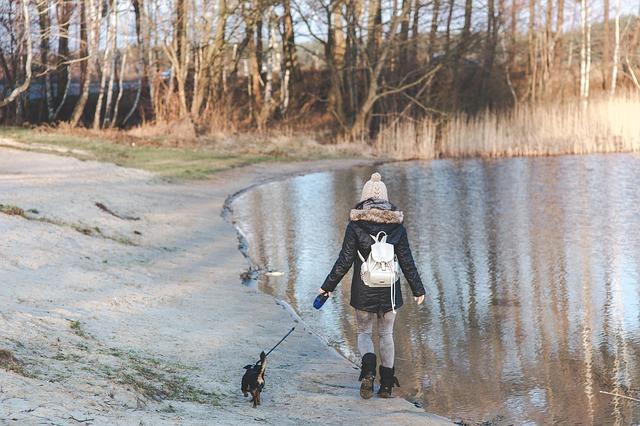
Rest versus Activity for Healing
Rest is not best when it comes to healing: in fact, it may be counterproductive to your health plan to recover from any injury involving back pain. Being sedentary while recovering encourages stiffening, which can make both joints and tissues more susceptible to injury. Supportive muscles, especially those in the core, also stiffen and atrophy which can be a slippery slope for injuries like herniation in the lumbar region. Furthermore, intervertebral discs will dry out and stiffen when they are not used for long periods of time.
Now that all the bad news is out of the way, we can focus on how to use activity to your advantage. While “resuming normal activity as soon as possible,” may be impossible depending on the degree of pain, there are small steps you can take to keep the structures and tissues of your body moving to avoid weakening. Before starting any new health plan, especially one to heal an injury, it is wise to confer with a medical professional to determine your limitations and a healthy level of activity.
Ways that you can maintain a level of activity even with back pain include:
- Light aerobic activity, especially low-impact ones such as swimming that are not traumatic to the joints.
- Strengthening supportive muscles. Every region of the back has corresponding supportive muscles, no more so than in the lumbar region. Keeping the core strong is a great way to alleviate some of the burden that falls on discs in the lower back.
- Stretching and corrective exercise: the goal here is to maintain your range of motion and flexibility.
At Family Chiropractic & Natural Healing Center, we know that every injury is individual. We also know one thing that most of them share (excluding the most serious ones) is that their healing time can be improved with regular activity.
Dr. Gregory Lind, D.C.